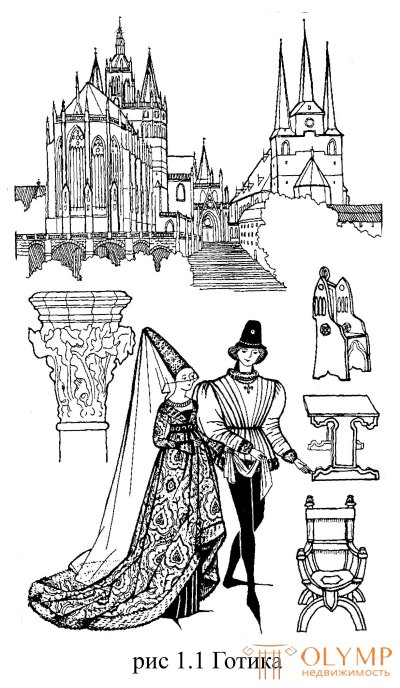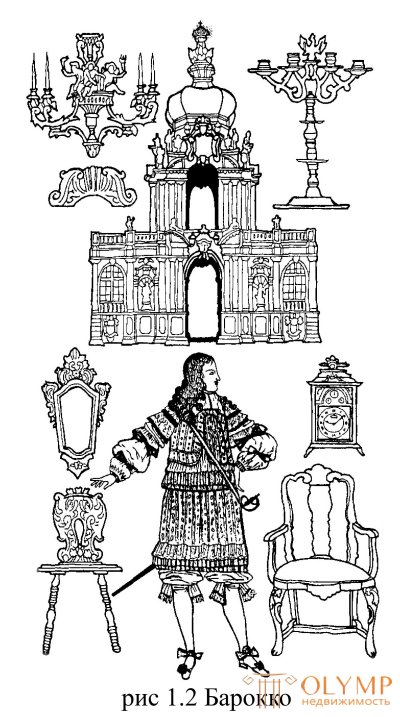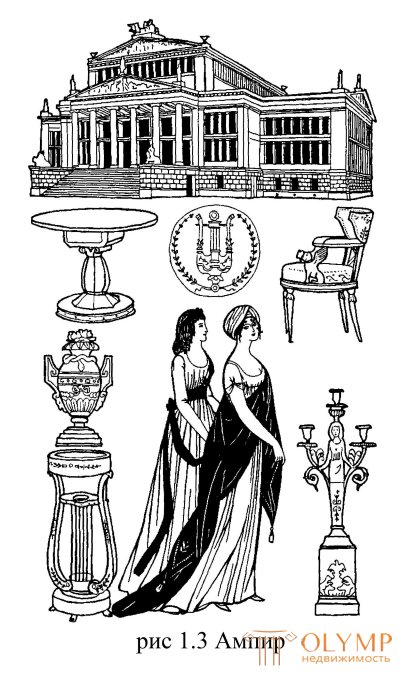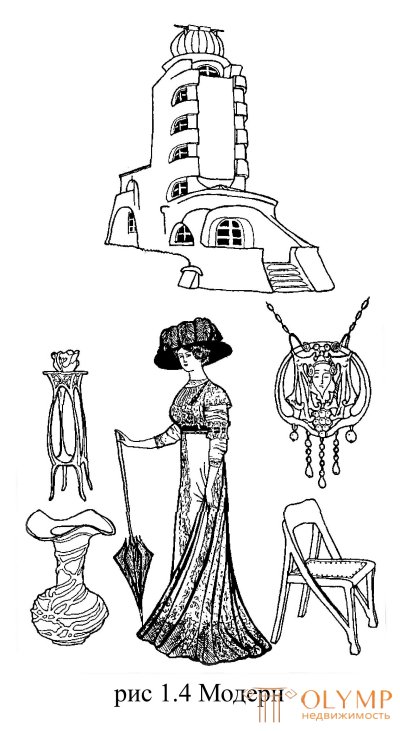




The artistic stylization, even the most talented, always bears the characteristics of a secondary, artificiality. Stylization is not truly creative, it implies a role model. The artist can organically "get used" in a different historical time, as peacemakers, for example. But even the work of such outstanding and subtle masters greatly "lose" in comparison with the originals of a genuine historical style. Artists "transferred" to a different historical era, hence the appearance of retrospective artistic thinking, retro and neostile. In order to better understand the distinction between style and stylization, let us compare such stylistic phenomena in the history of culture as eclecticism - one of the trends in the architecture of the mid-19th century, and postmodernism - a broad general cultural course of the end of our century. Already in the name "eclecticism" there is an indication that the unsystematic combination of elements of different styles is indicated. Placing fragments of these styles in a different cultural context, combining them in one work seems to be absolute proof of powerlessness (on this basis, for a long time, art historians have evaluated works of this kind as artistically secondary, not possessing the aesthetic value that is inherent in whole and complete works built according to the laws style). Meanwhile, modern culturological analysis of "eclecticism" forced to change this attitude, discovering, paradoxically, the presence of "stylistic quality" in this phenomenon. In this architectural direction there is a general organizing principle, which asserts a single common cultural sense - the principle of free choice among equivalent forms, which, while preserving the old constructive beginning of past styles, is designed to give the tradition a modern interpretation. This approach solved in a new way the fundamental dilemma of architectural creativity - to combine the aesthetic and utilitarian principles of shaping. In the middle of the nineteenth century. utility has become a priority. The beauty of past architectural styles, acquiring a purely decorative value, was transferred to the new world of pragmatics as a necessary link in the historical dialogue, present and past, as a means allowing a person of the nineteenth century. feel yourself inscribed in history. Thus, the appearance in the nineteenth century. Neo-Gothic, Neo-Renaissance, Neoclassicism was not the unsystematic exploitation of ready-made stylistic devices, but a consistent desire to find the aesthetic language of the dialogue becoming a bourgeois civilization with values belonging to cultural history (a later attempt of this kind was the style "modern"). In this interpretation, “eclecticism” is represented by the semantic integrity expressed in the sequentially conducted organization of forms, according to the principle of “disposition” of the utilitarian and decorative. The style language of postmodernism is based on other grounds, although at first glance there is a similarity between it and “eclecticism”: the same free play with stylistic forms of the past, a heightened aesthetic sense of the styles that are played up. But the style difference is more significant here. First of all, postmodernism is a larger-scale cultural phenomenon than the artistic trend in architecture and applied art; it manifests itself in poetry, music, painting, philosophy, behavior, which in itself should expand its spiritual horizons. In eclecticism there was a desire to realize their authorship in culture through dialogue with other styles, modernism rejects dialogue as a form of being of culture, destroying the form itself, using "parody, meaninglessness and rejection of the design of new meaning-forms."
The style of art - the most sensitive, immediate and emotional exponent of culture, plays the role of a leading formative force. O. Spengler believed that the style of art is capable of expressing the maximum of form that could be achieved on the basis of the “symbol of space” representing the soul of culture. For art, style in general is one of the main spokesmen of artistic meaning. "And the promotion of religion, morality or art as a model for other areas of activity - a fundamental question of world outlook - so in the medieval world such a center becomes - religion, in Enlightenment culture - morality and science, in Romanticism - art, etc. "
The discussion about the style continues; a common theoretical and methodological basis for a broad study of style has not yet been formed. The essence of the stylistic integrity is that none of its elements by itself does not define the style (many art historians pointed out this - G. Wölflin, E. Con-Wiener, etc.). Culturological, art history, aesthetic, historical, sociological and other aspects of the style, developed individually, can serve as the basis for a new stage of research in which the complex nature of this cultural phenomenon will be the subject of study.
Что бы оставить комментарий войдите
Комментарии (0)